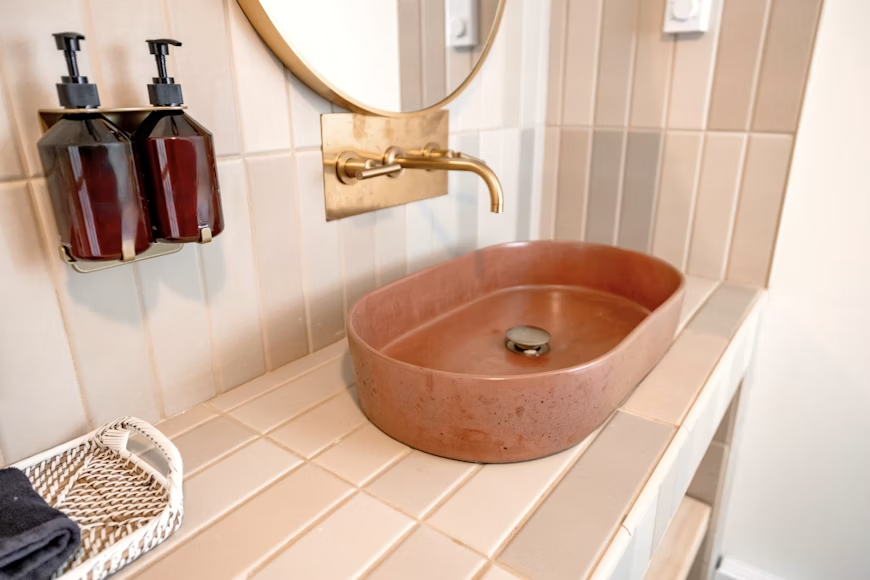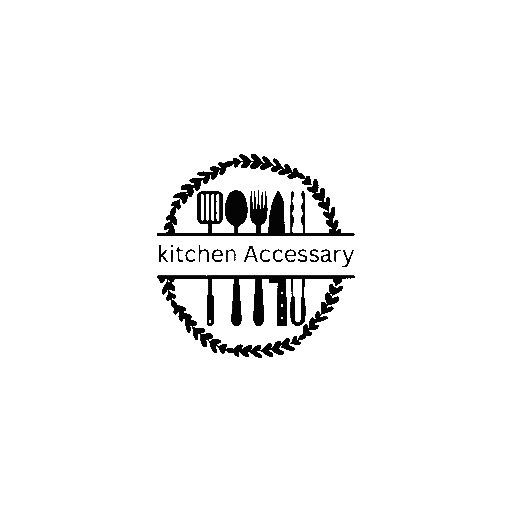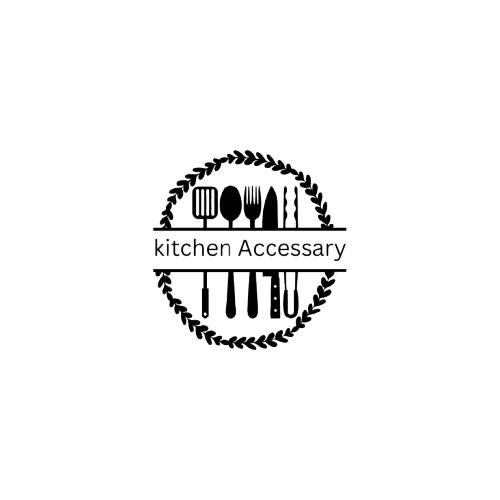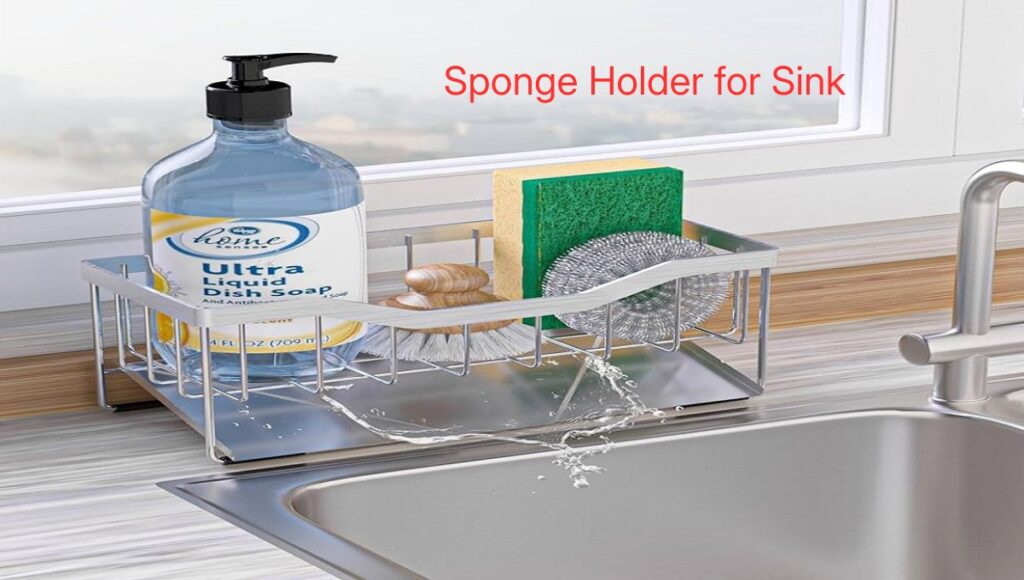Keeping your kitchen clean and organized is not always easy. One small item can make a big difference – a sponge holder for your sink. Many people underestimate its importance, but the right sponge holder keeps your sponge dry, clean, and within reach. It also helps prevent bacteria growth and keeps your sink area neat. With so many options available, choosing the perfect one can feel confusing. That’s why this ultimate guide will help you make the best choice.
Sponge holders come in many shapes, sizes, and materials. Some are simple and functional, while others are stylish and add to your kitchen décor. They can be freestanding, clipped to the sink edge, or magnetic, sticking right to the side of your sink. Each type has its own benefits and drawbacks. For example, plastic holders are light and affordable but may crack over time. Stainless steel holders are durable and look elegant but can be more expensive. Bamboo or wooden options are eco-friendly and gentle on your hands but need regular maintenance.
Why Do You Need a Sponge Holder for Your Sink?

In most homes, the kitchen is the busiest area, with the sink serving as its central hub. From washing dishes to cleaning vegetables and hands, it’s a space that sees constant use. Many kitchens overlook a key item for cleanliness. A proper sponge holder is often missing.
You might not notice it. A forgotten kitchen sponge can quickly turn into a hotspot for bacterial growth. Improperly stored sponges can smell bad. They can also become unsanitary. A sink sponge holder is more than storage. It extends your sponge’s life, reduces germs, and keeps your sink tidy.. Here’s why you should consider investing in one:
- Keep your sponge elevated and dry. This helps prevent bacterial growth.
- Organization: A designated space for your sponge prevents clutter around the sink.
- Aesthetic Appeal: A well-chosen sponge holder adds a touch of style to your sink area.
- Convenience: Having your sponge easily accessible means less time spent searching for it.
Types of Sponge Holders for Sink: Which One Is Right for You?
Choosing the right sponge holder may seem small. However, it can significantly enhance the efficiency of your kitchen. Many types of sponge holders are available. Every option is tailored to suit varying preferences and requirements. Let’s break down the most common options.
1. Wall-Mounted Sponge Holders
Wall-mounted sponge holders are ideal for small kitchens. They save valuable counter space. These holders attach to the wall near your sink. They keep your sponge elevated and easy to reach. Some designs include hooks for dishcloths or brushes. They’re perfect for a clean, minimalist look.
Pros:
- Maximizes counter space
- Keeps sponges dry and free from countertop mess
- It can be styled to match the look and feel of your kitchen perfectly
Cons:
- Requires installation (either adhesive or drilling)
- May not be as versatile for larger sponges or scrubbers
2. Sink-Caddy Sponge Holders
Sink caddy holders are one of the most popular types of sponge holders. They rest inside the sink and often attach to the rim for stability. They give your sponge a designated spot. These holders often have additional compartments for soap dispensers, dish brushes, or scrubbers.
Pros:
- Convenient and easy to use
- Keeps sponges off the sink surface to prevent germs
- Provides storage for soap and other cleaning tools
Cons:
- Takes up space inside the sink area
- Might require cleaning due to soap residue build-up
3. Countertop Sponge Holders
Countertop sponge holders are free-standing units that sit on your kitchen counter. These holders are made from materials like ceramic or stainless steel. They can bring a stylish accent to enhance your kitchen’s look. They often feature drainage holes to allow water to escape and help your sponge dry faster.
Pros:
- Easy to use and maintain
- Available in various styles to match your kitchen décor
- Doesn’t require installation
Cons:
- Takes up valuable counter space
- Not as effective at drying sponges compared to wall-mounted or sink caddy holders
4. Magnetic Sponge Holders
Magnetic sponge holders offer a sleek and creative solution for keeping your sponge secure. These holders have a small metal hook. It attaches to your sink or nearby surface with a strong magnet. The sponge is then placed on the hook to dry naturally. It remains accessible while drying.
Pros:
- Compact and minimalist design
- Easy to install—no need for drilling or adhesives
- Can be used for multiple cleaning tools, including brushes
Cons:
- Might not hold larger sponges securely
- Limited availability depending on your sink material (magnets work best on metal)
Material Matters: What Is the Best Material for a Sponge Holder?
The material plays a key role when selecting the right sponge holder for your sink. The material impacts the holder’s durability and functionality. It also affects how easy it is to clean and maintain. Let’s take a look at some of the most common materials used for sponge holders.
1. Stainless Steel
Many people prefer stainless steel when it comes to selecting a sponge holder. It is valued for its durability and sleek appearance.. It is also valued for its rust-resistant properties. A stainless steel sponge holder is ideal for people who prefer modern designs. It also complements contemporary interiors beautifully. It can handle regular use with ease. It also resists showing signs of wear over time.
Pros:
- Resistant to rust and corrosion
- Easy to clean and maintain
- Matches well with other stainless steel kitchen fixtures
Cons:
- Prone to fingerprints and water spots
- Can be noisy when sponges are placed or removed
2. Ceramic
Ceramic sponge holders offer a more decorative option. They’re perfect for those who want to add a personal touch to their kitchen. They are available in a variety of colors and designs, allowing you to choose one that fits your style. However, they can be more fragile than metal options.
Pros:
- Aesthetic appeal and variety of designs
- Smooth, non-porous surface is easy to wipe down
- Can be an elegant addition to your sink area
Cons:
- Prone to cracking or chipping if dropped
- May not be as durable as other materials
3. Plastic
Plastic sponge holders are affordable and lightweight. These holders are available in multiple shapes and a wide range of colors. Many plastic holders feature drainage holes to promote quicker drying of your sponge. They are a practical option for those on a budget or looking for something temporary.
Pros:
- Affordable and widely available
- Easy to clean and maintain
- Lightweight and versatile
Cons:
- May not last long and can break or chip as time goes by.
- Might lack the visual charm found in ceramic or metal options.
4. Bamboo
Bamboo sponge holders offer an eco-friendly option for those who prefer natural materials. Bamboo is known for its sustainability. Bamboo holders can also bring a rustic or organic feel to your kitchen. They are typically durable and resistant to moisture.
Pros:
- Environmentally friendly
- Attractive, natural look
- Naturally resistant to mold and mildew
Cons:
- Requires regular maintenance to prevent drying out or cracking
- Can be more expensive than plastic options
Key Insights: How to Choose the Right Sponge Holder for Your Sink
Now that you know the types and materials of sponge holders, you’re prepared. Knowing this will guide you in picking the best option. It’s time to put that knowledge into action. Here are some factors to consider. They’ll help you choose the perfect sponge holder for your kitchen:
1. Space Availability
Assess the space around your sink. If you have limited counter space, a wall-mounted or sink caddy sponge holder could be the best option. If counter space is abundant, a countertop holder might be more practical.
2. Aesthetic Preferences
The style of your kitchen should influence the design and material of the sponge holder. Stainless steel is great for modern kitchens. Ceramic or bamboo holders work well in rustic or vintage-themed kitchens.
3. Drying Needs
If drying speed is essential, opt for a holder that keeps the sponge elevated and allows water to drain away. Stainless steel or mesh designs are great for water drainage. Bamboo and ceramic may retain moisture if not properly maintained.
4. Budget
Consider how much you’re willing to spend. Plastic holders are generally the most affordable. Ceramic or bamboo holders may come at a higher price.
Conclusion: The Perfect Sponge Holder for Your Sink
To sum up, a sink sponge holder serves a purpose beyond simple functionality. It keeps your kitchen clean, organized, and stylish. Wall-mounted, sink caddy, or countertop—sponge holders offer versatile options. The right sponge holder ultimately depends on your personal preferences and practicality.
When selecting your sponge holder, consider factors like available space and material durability. Also, think about its aesthetic appeal. With the right holder, you’ll keep your kitchen neat, tidy, and bacteria-free.
Take Action
Are you ready to declutter your kitchen and keep your sponge dry and sanitary? Explore our collection of the best sponge holders for sinks and find the perfect one for your home. Share your favorite designs or tips for organizing your sink area in the comments below! Remember to sign up for more useful kitchen tips!



